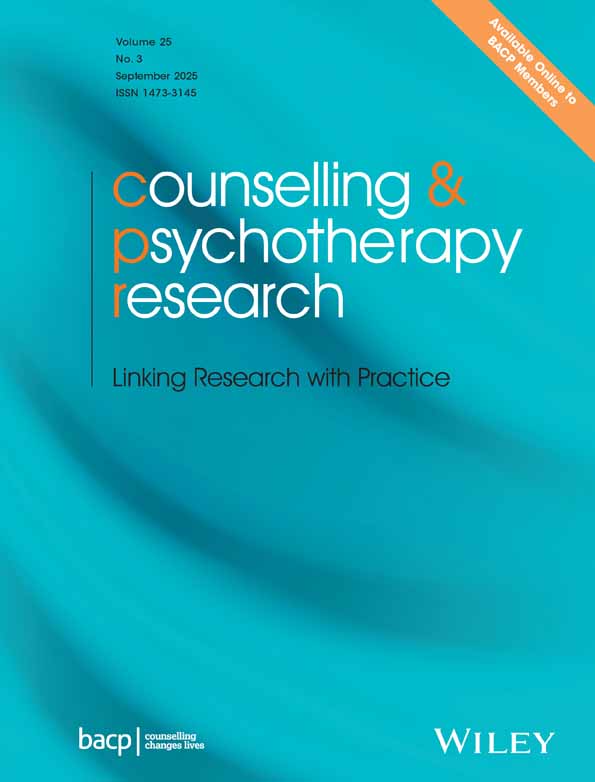The CORE-10: A short measure of psychological distress for routine use in the psychological therapies
Abstract
Background: There is a need for a generic, short, and easy-to-use assessment measure for common presentations of psychological distress in UK primary care mental health settings. This paper sets out the development of the CORE-10 in response to this need. Method: Items were drawn from the CORE-OM and 10 items were selected according to a combination of usefulness, coverage of item clusters, and statistical procedures. Three CORE-OM datasets were employed in the development phase: (1) a primary care sample, (2) a sample from an MRC platform trial of enhanced collaborative care of depression in primary care, and (3) a general population sample derived from the Office of National Statistics Psychiatric Morbidity Follow-up survey. A fourth dataset comprising a sample from an occupational health setting was used to evaluate the CORE-10 in its standalone format. Results: The internal reliability (alpha) of the CORE-10 was .90 and the score for the CORE-10 correlated with the CORE-OM at .94 in a clinical sample and .92 in a non-clinical sample. The clinical cut-off score for general psychological distress was 11.0 with a reliable change index (90% CI) of 6. For depression, the cut-off score for the CORE-10 was 13 and yielded sensitivity and specificity values of .92 (CI=.83–1.0) and 0.72 (CI=.60–.83) respectively. Conclusion: The CORE-10 is an acceptable and feasible instrument that has good psychometric properties and is practical to use with people presenting with common mental health problems in primary care settings.




